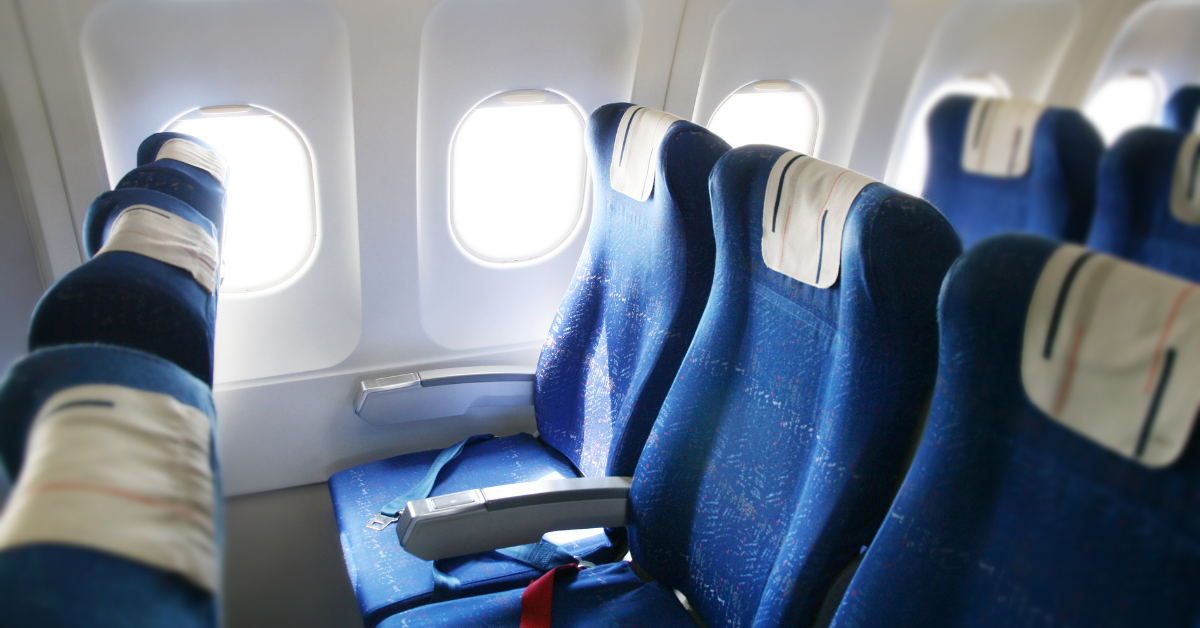Have you ever found yourself standing for hours in a crowded Shinkansen unreserved car?
Many passengers feel it’s unfair to pay the same fare yet have no seat.
In this article, we explain the mechanism of the unreserved seat system, the reasons behind the sense of unfairness, and practical tips for a more comfortable ride.
- Understanding the Shinkansen’s Unreserved Seat System
- Is It Unfair to Pay the Same Fare but Not Get a Seat?
- Why Does the Unreserved Seat System Exist?
- How to Avoid Standing During Crowded Times
- Railway Efforts to Reduce the Sense of Unfairness
- Coping Strategies When You Have to Stand
- Understanding the Difference Between Reserved and Unreserved Seats
- Conclusion
Understanding the Shinkansen’s Unreserved Seat System
An unreserved seat means there is no assigned seat number. With a valid ticket and unreserved-seat express ticket, passengers may sit in any available seat. However, because seating is on a first-come, first-served basis, passengers may have to stand when trains are crowded.
The unreserved fare is lower than that of a reserved seat, and passengers can board any train without a reservation. Yet during holidays or peak seasons, the experience can vary greatly depending on congestion levels.
| Type | Seat Assignment | Price | Features |
|---|---|---|---|
| Unreserved | None | Low | First-come-first-served; may have to stand during rush periods |
| Reserved | Yes | Standard | Guaranteed seat; stable comfort |
| Green Car | Yes | High | Spacious, quiet, and comfortable |
The charm of unreserved seating lies in its flexibility, but the risk lies in crowding.
It’s a convenient system, but satisfaction depends heavily on timing and circumstances.
Is It Unfair to Pay the Same Fare but Not Get a Seat?
Many passengers think, “I paid the same amount—why do I have to stand?”
However, the system is designed to be fair from an operational standpoint.
The unreserved fare includes the condition that “you may sit if a seat is available.” In other words, the ticket grants the right to travel, not the right to a seat. Railway companies guarantee the ability to travel between stations, but not necessarily to sit.
Still, it’s understandable that standing for hours can lead to frustration. The key is understanding the balance between cost and comfort before traveling.
| Comparison | Unreserved | Reserved |
|---|---|---|
| Seat Guarantee | None | Yes |
| Price | Lower | Slightly higher |
| Comfort | Depends on crowding | Stable |
| Flexibility | Can board freely | Requires reservation |
The feeling of unfairness often comes from a “mismatch of expectations.”
Once passengers understand what they are paying for, they can make informed, regret-free decisions.
Why Does the Unreserved Seat System Exist?
The unreserved seat system was created to enhance passenger convenience. It allows flexible travel for businesspeople and travelers whose schedules may change unexpectedly.
| Reason | Explanation |
|---|---|
| Convenience | Can board without a reservation |
| Flexibility | Easy to switch trains in case of delays |
| Affordability | Lower fare compared to reserved seats |
In short, the unreserved system offers freedom and flexibility, but also demands that passengers take responsibility for their comfort.
Understanding this balance between “freedom and responsibility” helps improve travel satisfaction.
How to Avoid Standing During Crowded Times
A few simple strategies can make your trip far more comfortable when using unreserved cars.
- Board at the starting station
At the origin terminal, all seats are initially empty. Arriving 15–20 minutes before departure greatly increases your chances of sitting. - Choose your travel time wisely
Avoid the morning (7–8 AM) and evening rush. Mid-morning (9–11 AM) and early afternoon (1–3 PM) trains tend to be less crowded. - Know the unreserved car locations
Cars near stairways fill up first. Heading toward the far end of the platform usually improves your chances of finding a seat. - Use Smart EX or online booking
With mobile apps like Smart EX, you can switch to a reserved seat at the last minute if trains are crowded.
Railway Efforts to Reduce the Sense of Unfairness
Railway companies are actively working to improve passenger satisfaction and reduce frustration over seating.
| Initiative | Details |
|---|---|
| Adjusting car ratios | Changing the number of reserved vs unreserved cars based on crowding |
| Expanding mobile reservations | Same-day seat booking via Smart EX and similar services |
| Providing congestion data | Real-time crowding information via apps |
| Passenger flow analysis | Data-based predictions of busy times and routes |
These efforts allow travelers to understand conditions in advance and make smarter choices.
The unreserved seat system is gradually becoming more user-friendly and transparent.
Coping Strategies When You Have to Stand
If you can’t find a seat, there are still ways to reduce physical fatigue during your trip.
- Lean lightly against the wall or luggage rack
- Stand with feet shoulder-width apart for balance
- Rest your luggage on the floor and use it for support
- Shift your posture occasionally to relieve pressure
If possible, you can get off at the next stop and board the following train, which might have open seats.
Small adjustments can make long journeys significantly more comfortable.
| Situation | Suggested Action | Effect |
|---|---|---|
| Extreme crowding | Wait for the next train | Higher chance of finding a seat |
| Long periods of standing | Lean or distribute weight | Reduces fatigue |
| Heavy luggage | Use luggage as support | Helps maintain balance |
“A little planning can dramatically reduce fatigue.”
Even small physical adjustments can make the journey more bearable.
Understanding the Difference Between Reserved and Unreserved Seats
Unreserved seating is economical and flexible, but it carries the risk of standing. Reserved seating removes that risk in exchange for a slightly higher fare.
Ultimately, the choice depends on whether you value cost savings or comfort.
| Priority | Best Option | Why |
|---|---|---|
| Saving money | Unreserved seat | Lower fare, flexible boarding |
| Comfort and certainty | Reserved seat | Guaranteed seat for long or crowded trips |
| Flexibility | Unreserved seat | Easy to change plans |
Knowing these distinctions allows travelers to choose wisely based on their needs and circumstances.
Conclusion
While standing in an unreserved car may feel unfair, it is systemically fair because the fare covers transportation, not guaranteed seating.
The unreserved seat system offers affordability and freedom, but not the assurance of comfort.
Still, with proper planning and information, passengers can travel comfortably even during busy periods. Railway companies continue improving their systems, reducing dissatisfaction year by year.
On your next journey, understand how the system works, plan smartly, and turn your “standing-only” trip into a comfortable Shinkansen experience.




